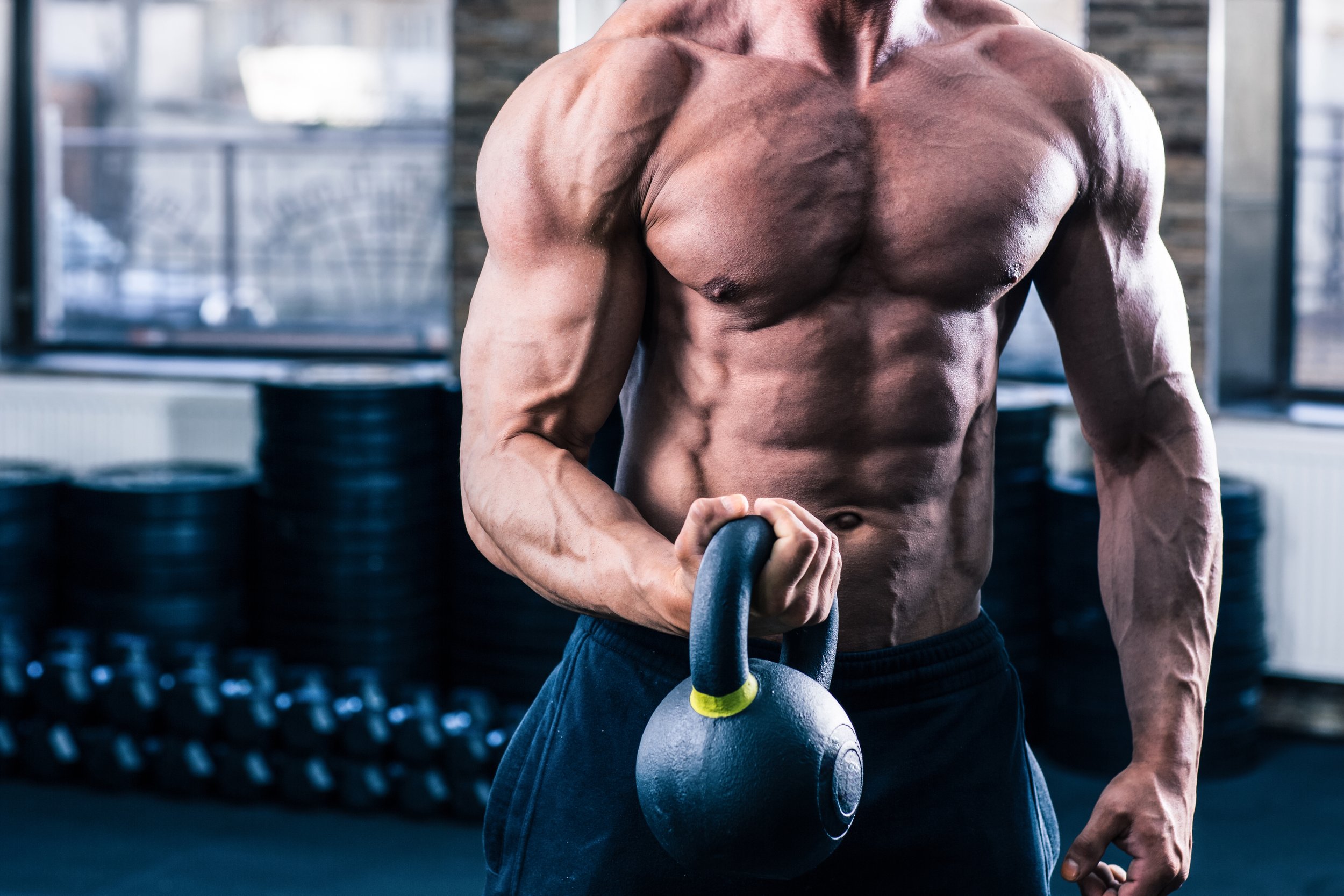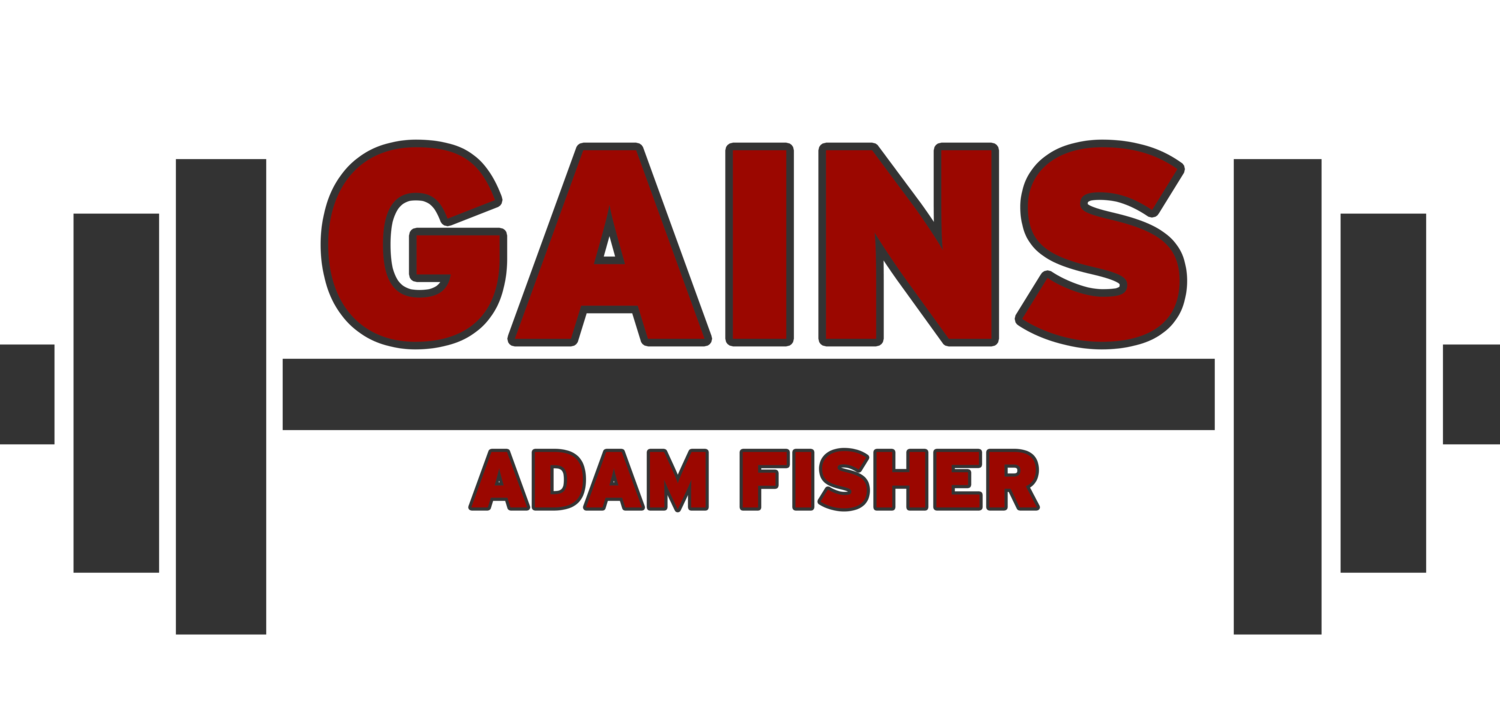

Can We Target Individual Muscles?
Different exercises for the same muscle groups do work muscles differently, but not in the hyper specific way that people think it’ll tighten, lift, or radically create muscle growth. Variety in exercises to make sure the entire muscle group is strengthened can be incorporated into workout routines, but more variety doesn’t mean better/more gains. If you have a good program with a little bit of variety, it’s more important to focus on consistency and adding weight over time, rather than worry about tweaking exercises.

How Beginner Lifters Mess Up Their 1RM Attempts
Testing your one rep maxes (1RM) is a way to measure strength progress, but there are a lot of wrong ways to go about them. Attempting maxes too frequently or too soon, wasting your energy during a warm up, or not tapering/peaking beforehand, can all lead to 1RM that aren’t representative of your strength. It’s extremely important to take proper precautions when doing 1RM because the heavier the weight, the more likely it is it’ll cause a serious injury if something goes wrong. Remember that there are many other ways to measure strength and progress, and not meeting your goal on a 1RM is not the end of the world, nor proof that your training isn’t working.

Understanding Grip Strength Regulation
Grip strength autoregulation can be a useful tool in order to maximize your workouts on any given day - grip strength is a good indicator of full body readiness. If your grip strength is good, then you typically do a more challenging workout, versus a low grip strength which may be a sign to hold back or modify your workouts. Generally, grip strength testing is simple and easy to use, but should still be used intelligently in the context of your training program.

I Just Don't Like The Reverse Nordic Curl
The reverse nordic curl and the nordic curl have become especially popular recently becaue of the ongoing COVID pandemic and the fact that these are bodyweight exercises that can be done at home. Both of these exercises are tough and can be especially hard on the knees. The best thing you can do is listen to your body! If you don’t like an exercise or if it doesn’t feel right, there are plenty of alternatives out there.

The Squat Isn't For Everyone
Squats are generally seen as the must-do exercise for lower body development, and it’s often ignored by fitness professionals that some people do not enjoy or cannot perform them. Spine, hip, knee, and calve conditions/injuries commonly effect someone’s ability to squat. There are plenty of other exercises that develop the lower body that work better for these situations. Workout programs need to be built on exercises the individual wants to do and is safely capable of doing, even if it means that a popular or effective exercise like the squat isn’t included.
